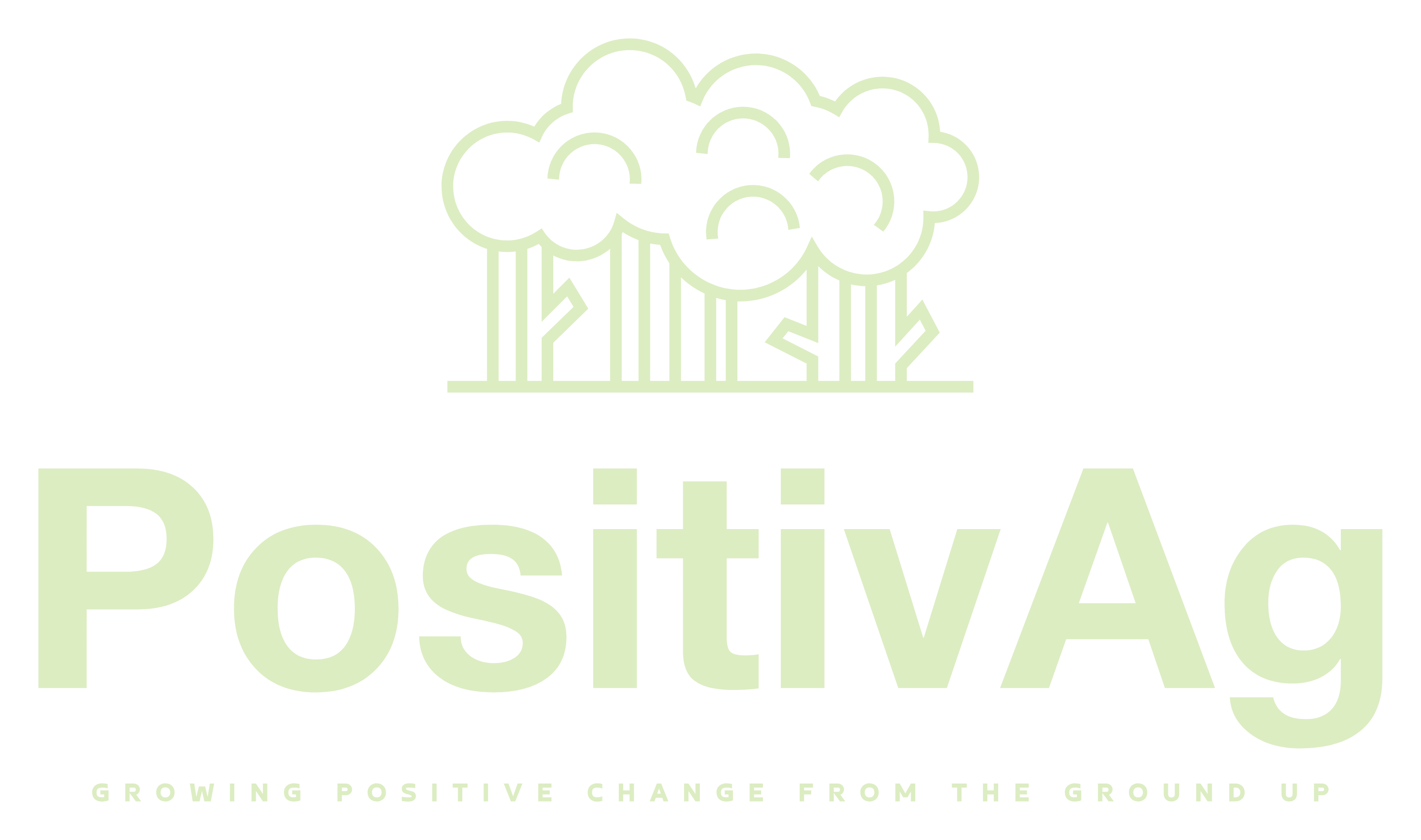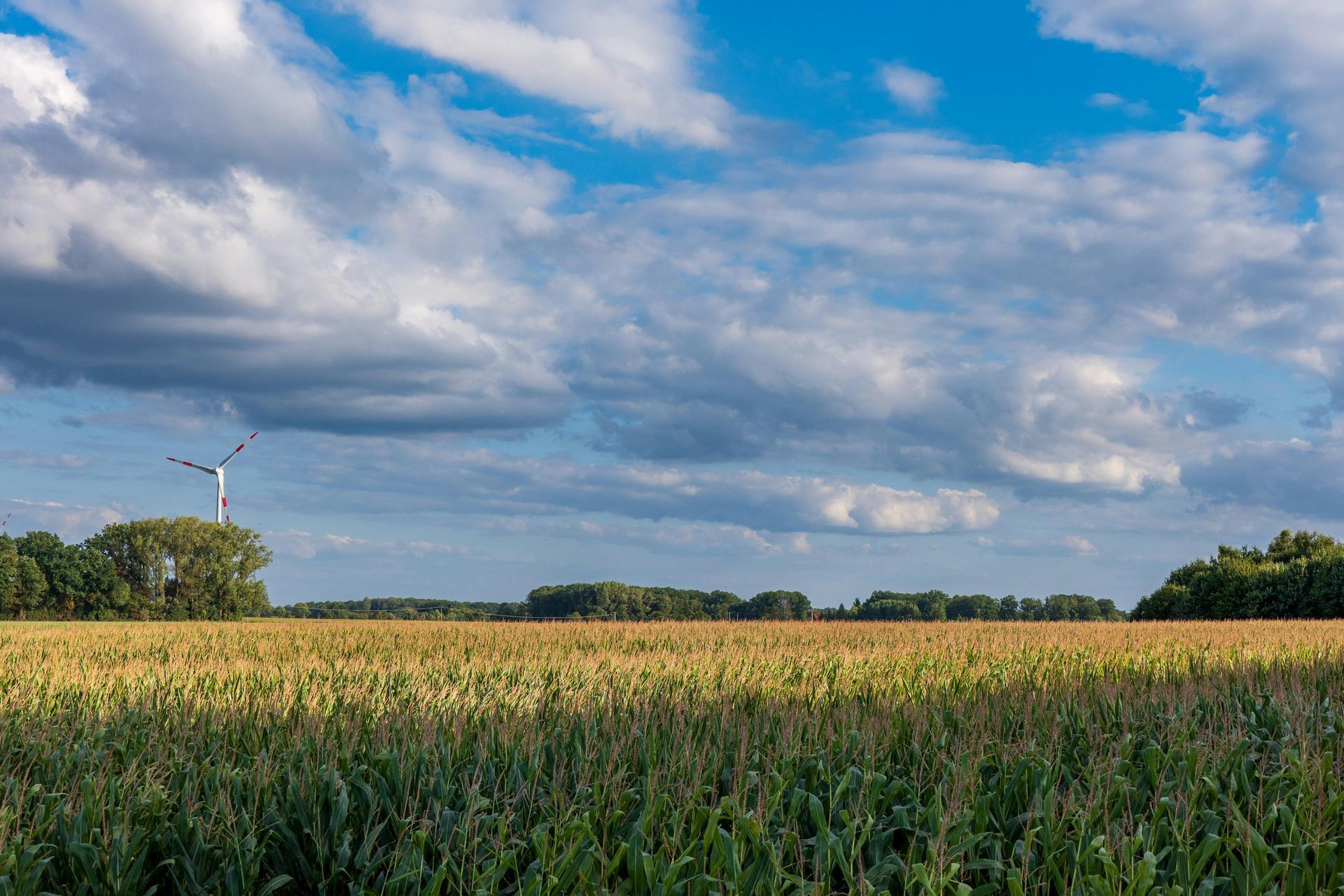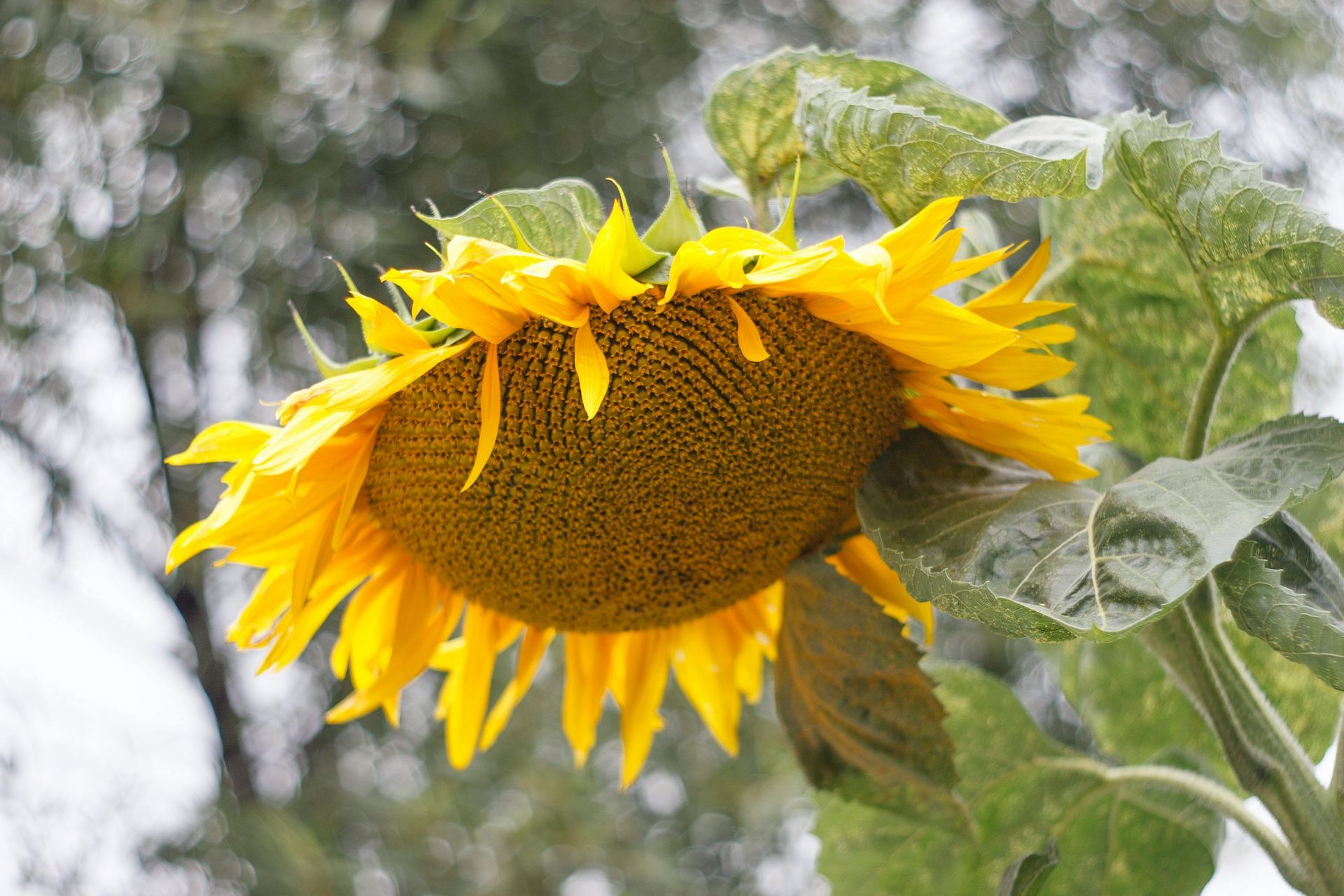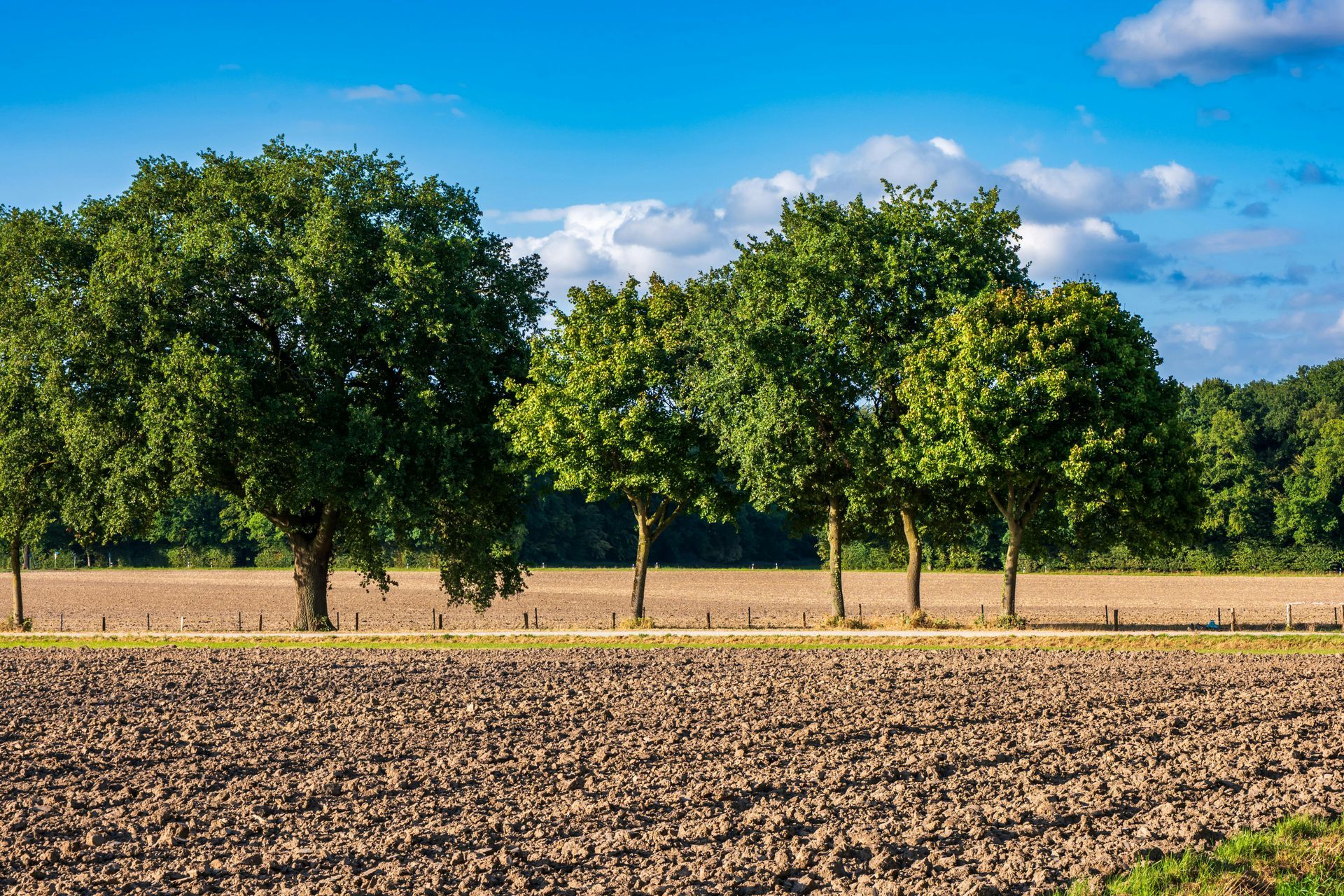Carbon Sequestration: Driving Climate Impact Through Certified Projects
At PositivAg, carbon sequestration is integral to our regenerative model, transforming marginal lands into verified carbon sinks that combat climate change while creating additional revenue. We plan to establish certified carbon projects on all eligible farms meeting Australian government requirements under the Australian Carbon Credit Unit (ACCU) Scheme. Utilizing regenerative cell grazing to enhance soil carbon stocks and partnering with CarbonLink for precise measurement and quantification, we will earn ACCUs—tradable credits representing one tonne of CO₂-equivalent abated—as a key income stream. This strategy not only boosts property values but delivers real climate impact, aligning with UN, IPCC, and FAO recommendations for soil-based mitigation.
Establish Certified Soil Carbon Projects
To qualify for the ACCU Scheme, projects must meet strict criteria from the Clean Energy Regulator (CER), including new or materially different land management activities that increase soil organic carbon, baseline sampling, ongoing monitoring over 25-year permanence periods, and consent from eligible interest holders. Land must be used for pasture or cropping, with no pre-existing obligations that conflict with sequestration goals.
Measuring and Quantifying with CarbonLink
We partner with CarbonLink, leaders in soil carbon farming with over a decade of experience, handling 92% of Australia's soil carbon ACCUs issued. Their NetImpact Programme provides zero-upfront-cost support: property assessments, tailored plans, baseline sampling, and advanced monitoring using science-backed tools for accurate quantification. This ensures verifiable sequestration—e.g., 0.5 -3.0 tonnes CO₂-e per tonne heactare grazed annually —complying with CER methods and enabling ACCU issuance. Case studies, like a Walcha beef farm earning credits through regenerative grazing, demonstrate real-world success, minimizing risks like drought impacts.
Managed Grazing and Biodiversity
Our regenerative cell grazing mimics natural ecosystems, using time-controlled livestock rotations to build soil carbon. High-density mobs graze briefly (1-3 days) before long rests (up to 90 days), trampling residues, distributing manure, and stimulating root growth—replicating wild herbivore patterns for enhanced microbial activity and carbon storage. Integrated with soil regeneration and sustainable water strategies, this qualifies as an eligible ACCU activity, potentially sequestering 0.5 -3.0 tonnes of carbon per hectare annually while improving resilience to climate extremes. As per IPCC assessments, such practices contribute in excess of 20-30% of needed GHG mitigation for a 1.5°C pathway, reducing emissions and enhancing land-climate interactions.
Real Climate Impact:
Why It Matters
Soil carbon sequestration via regenerative grazing offers profound climate benefits, as FAO notes widespread adoption could restore degraded soils and store vast CO₂ volumes. IPCC reports highlight land's dual role in emissions (24% of global GHGs) and mitigation, with grazing systems reducing ruminant impacts and building resilience through co-benefits like biodiversity and water quality. Lomborg's analyses underscore this as a pragmatic, high-impact solution over inefficient policies, potentially yielding $2.1T in benefits. By earning ACCUs, PositivAg offsets emissions, supports UN SDGs 13 and 15, and proves regenerative ag's role in a sustainable future.
Join the Movement for Real Climate Impact
Invest with PositivAg to support proven regenerative projects that restore land, sequester carbon, and generate verifiable carbon credits. Your impact investment drives measurable environmental change and high value nutritional food while offering strong financial returns in a growing market.
Maximizing Carbon Sequestration Through Regenerative Practices
Our Approach to Building Resilient Ecosystems
Maximizing Carbon Sequestration
PositivAg applies proven regenerative methods to lock carbon in soils, restoring ecosystems and boosting productivity.
